Mount Roraima Facts
- The term of Mount Roraima represents the most frequently used name for this mesmerizing creation of geological forces. It does have other names, in other languages, though. These include Monte Roraima in Spanish, and Cerro Roraima in Portuguese.
- The base term of Roraima derives from the native language of the Pemon People of the area. In their ancient tongue, the word Roroi means blue-green, while ma means great. Regardless of the term used, however, it’s a true marvel of natural formation.
- Archaeological evidence shows that the Indigenous Peoples of the region knew of this wonder for at least 10,000 years prior to its discovery by European explorers. The latter found it in the year 1595, during a race by the Spanish and British to colonize the region.
- Despite how long ago non-natives discovered the site, Mount Roraima remained unexplored, at least by Westerners, until the latter part of the 19th century. In 1884, a British expedition became the first outsiders to scale the extraordinary mountain.
- Today, the magnificent Mount Roraima enjoys a certain degree of protection from the depredations of man. It’s now part of the Canaima National Park. Though a popular site for hiking, officials restrict this activity to a maximum of 200 individuals per month.
Related Articles
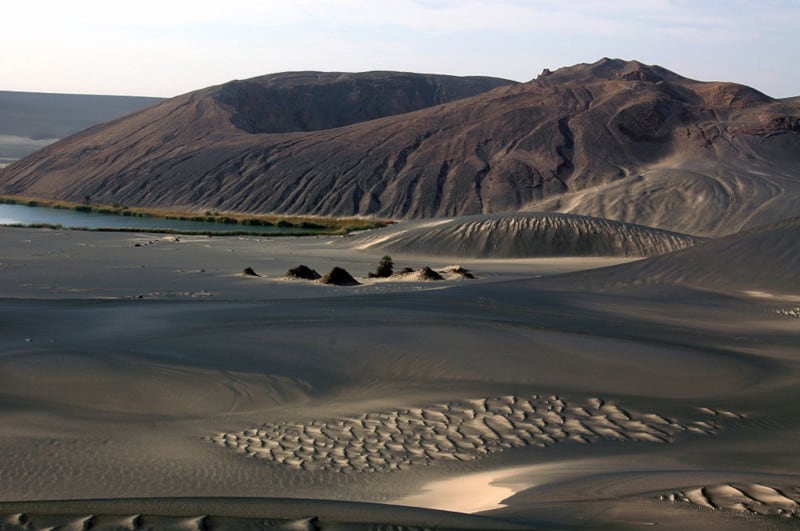
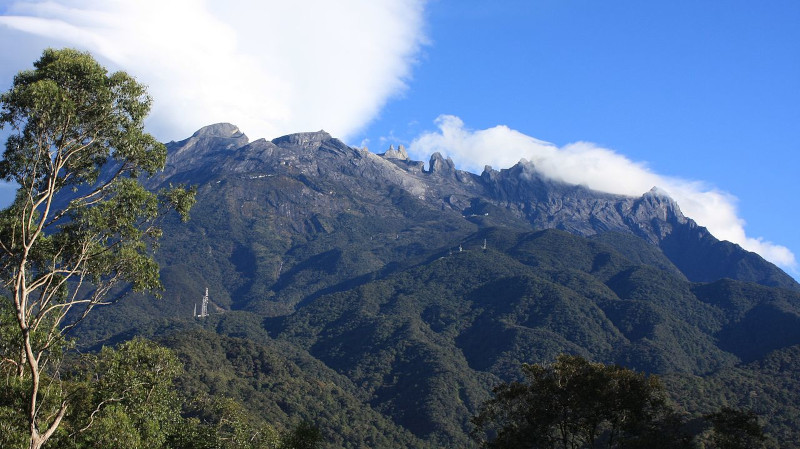
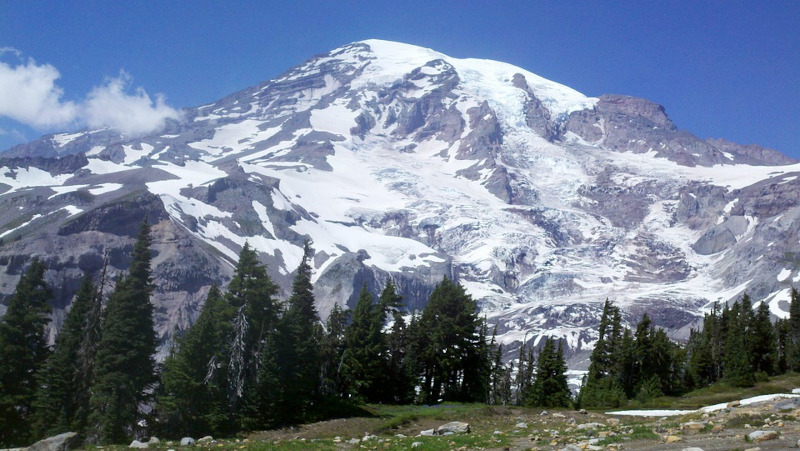
Mount Roraima Physical Description
The remarkable Mount Roraima truly merits appreciation as one of the marvels of the geological world. Yet it does so for several reasons, not just for its attention-grabbing beauty. That’s true since this amazing site also boasts some extraordinary physical dimensions.
Its height varies along its borders, of course. At its highest point, however, this measures an eye-opening 9,219 ft (2,810 m)! All of these only serve to augment another distinctive feature of the mountain. That’s the fact that its summit forms an enormous plateau.
But it’s not just impressive due to its vertical reach. It also holds other amazing measurements. Its summit has a roughly triangular shape. That measures about 9 mi (14 km) in length, and about 3.1 mi (5 km) at its widest. It has an area of 11.9 sq mi (31 sq km).
Still more notable features enhance the appeal of Mount Roraima even more, though. At the base of the mighty cliff, it’s surrounded by extremely steep slopes to the south and east. To the north and west, however, river valleys appear that descend from the summit.
The bulk of the summit is composed of sandstone, while the majority of the tepui surface has a covering of a combination of landscape varieties. These include barren patches, sandy marshes, freshwater pools, and small streams which form numerous waterfalls.
Mount Roraima Location, Formation, and Ecology
The mesmerizing beauty of Mount Roraima formed in a region of the world renowned for its abundance of geological marvels. That precise section of the globe probably won’t surprise many people. It’s situated in an area of what’s now the continent of South America.
There, though, it holds yet another distinction. That’s true since this massive formation sits at the junction of three separate countries. It thus forms one of the boundaries of all three, those being Guyana, Brazil, and Venezuela. That puts it in the northern part of the continent.
This monument represents one of the oldest structures on the planet. It originally formed from sandstone between 1.7 – 2.0 billion years ago. This sits on an enormous base principally comprised of granite and gneiss, a type of rock formed under extreme heat and pressure.
That base itself once had a covering consisting of a mixture of several elements, including clay. This, however, became exposed due to erosion over the past 180 million years. These same processes also created the many caves and quartz deposits within it.
The life atop Mount Roraima is severely limited due to the environment. Much of what lives there appears to be unique to the plateau. This includes several varieties of pitcher plant that exist nowhere else. Algae exist in abundance, due to the almost daily rainfall.
Most vegetation consists principally of small, bristly plants. There also exists one endemic species of toad found nowhere else on earth. This species remains under protection, but appears to be often endangered by curious hikers exploring the amazing location.
Features Sharing Its Region
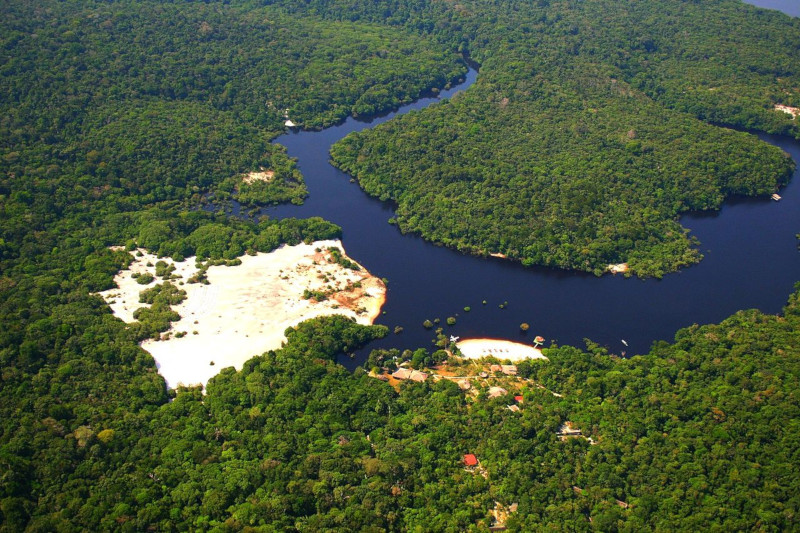
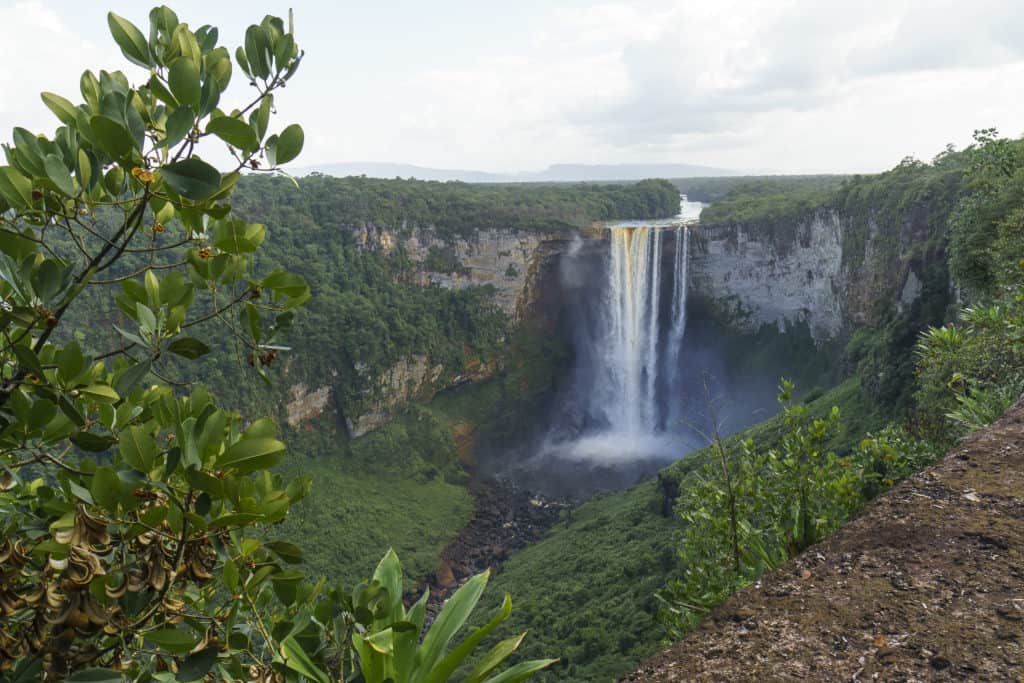
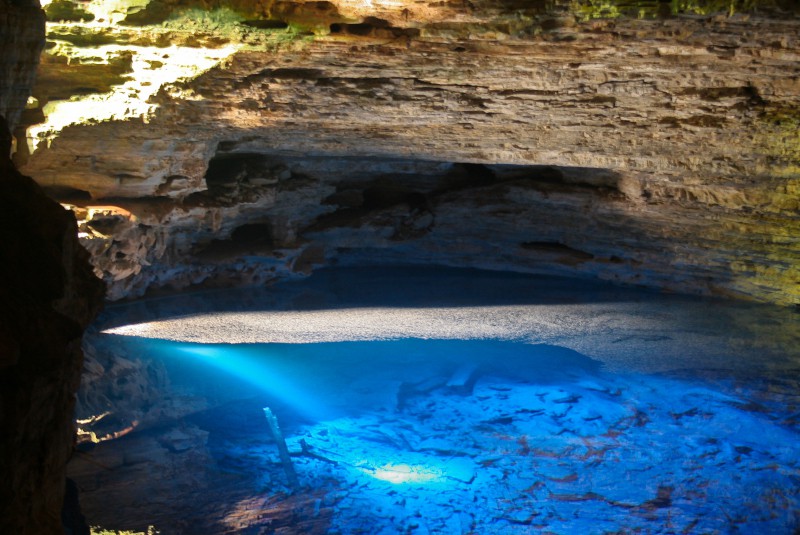
Check out our other articles on 3 Blatantly Beautiful Bumblebees, Epaulette Shark, Namib Desert, Visayan Spotted Deer, Flying Duck Orchid, Amazonian Giant Centipede, Green Iguana
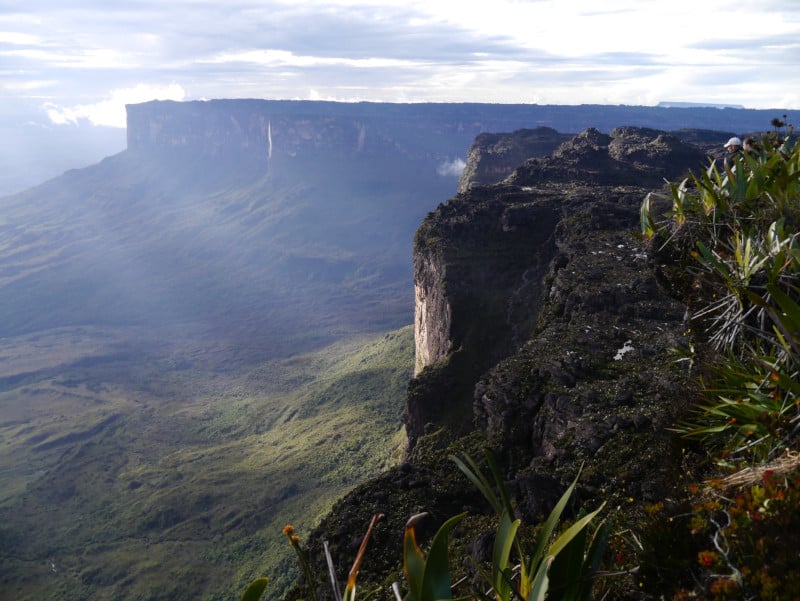
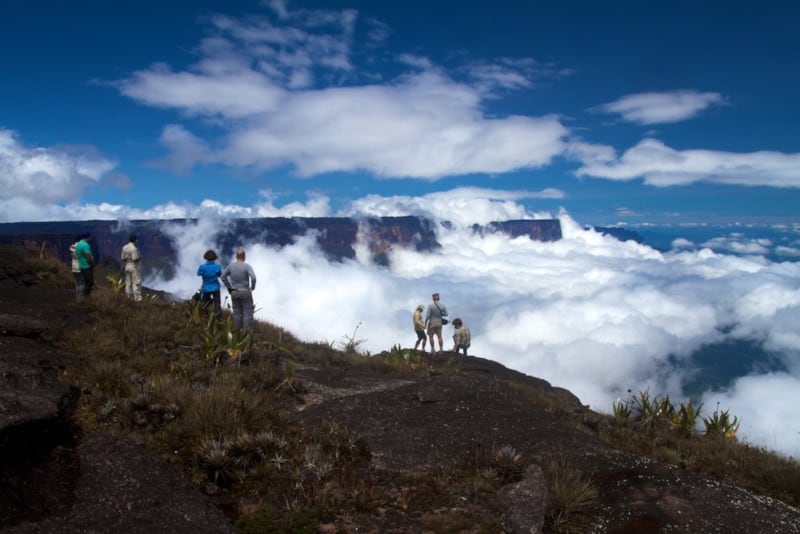
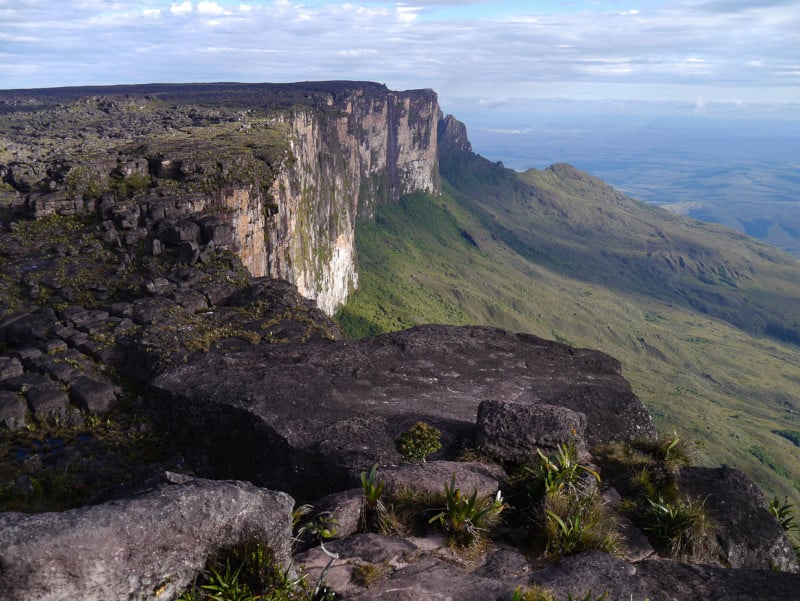









Sir Walter Raleigh, in 1596 was the first person to discover the mountain ? Do you mean the first european ? I believe the indigenous tribes in the area were the first people to see this natural wonder.
Hello, Doug,
Thank you for your comment. You are, of course, correct. That Sir Walter Raleigh was the first non-indigenous person to see it was implied in the wording of the article. But, for purposes of clarity, that has now been spelled out clearly. Thank you for bringing that issue to our attention.